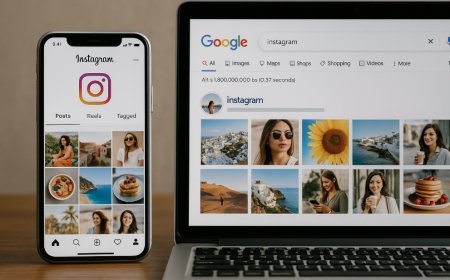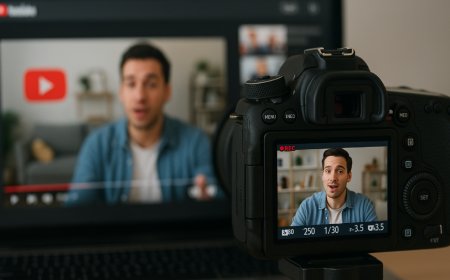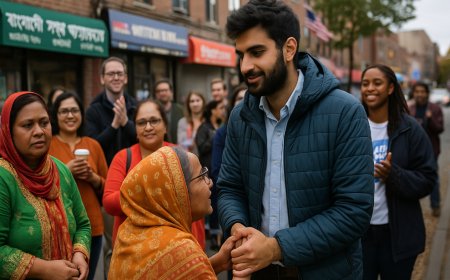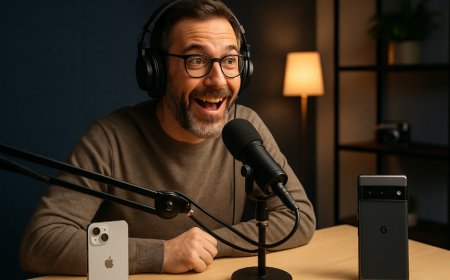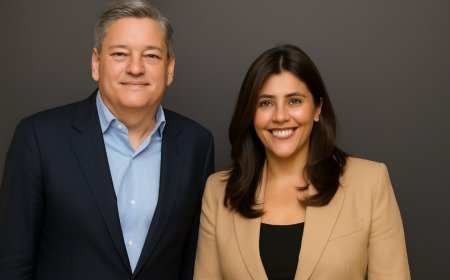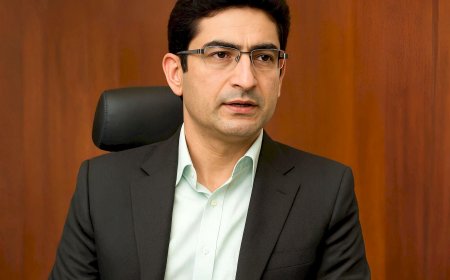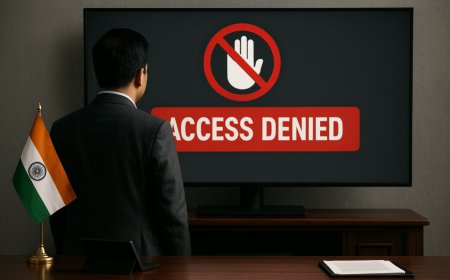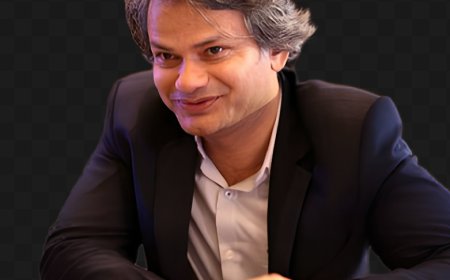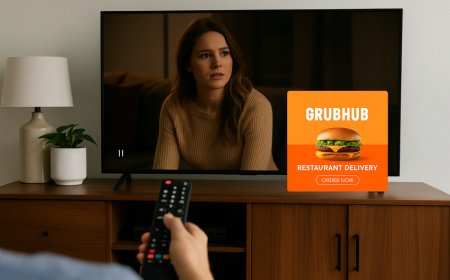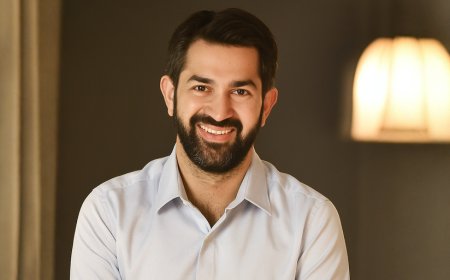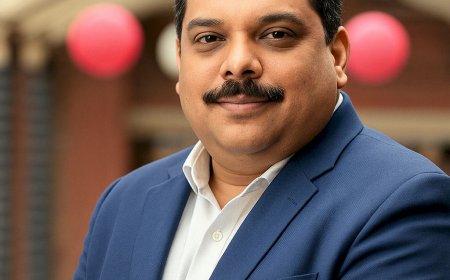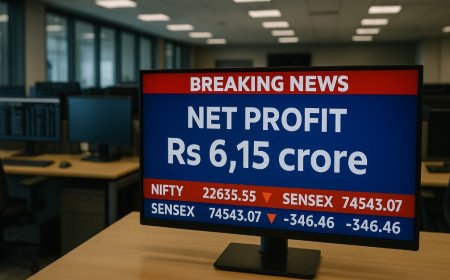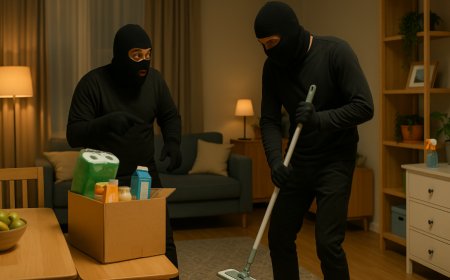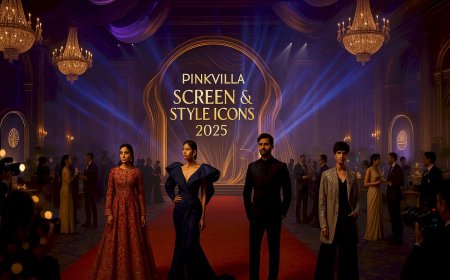The Silent Power: Why Stillness and Mindful Disconnection Fuel Long-Term Creativity
Discover how stillness, presence, and mindful disconnection are the hidden ingredients behind lasting creative success. Learn why slowing down is the ultimate productivity strategy for the modern mind.

In an always-on world, where speed, visibility, and output are often equated with success, the silent virtues of stillness, presence, and mindful disconnection can feel counterintuitive. But for artists, writers, thinkers, designers, and all kinds of creators, sustainable creativity doesn’t thrive on hustle—it grows in stillness.
Whether you’re crafting ideas or solving complex problems, one truth remains clear: the mind needs space to breathe. Just like the body requires rest to recover, the creative mind craves moments of slowness and solitude to reach its full potential.
Let’s explore why disconnection is not just a luxury—but a creative necessity.
The Modern Myth of Constant Hustle
We live in a culture that celebrates busyness. Social media glamorizes the non-stop grind, with captions like “No days off” and “Sleep when you’re dead.” But what this approach rarely shows is the mental fatigue, creative stagnation, and emotional burnout that often follow.
Creativity is not an assembly line. It's a living process that needs care, reflection, and space. The most successful creators know when to disconnect and how to protect their mental environment. Their long-term impact often comes not from doing more, but from doing less—more intentionally.
Why Stillness Fuels the Creative Mind
Stillness isn’t the absence of activity. It’s the presence of awareness. When you create space in your day for quiet reflection, your brain shifts from doing mode to being mode. This state is associated with the default mode network, a brain state linked to imagination, idea synthesis, and introspection.
During stillness:
-
You process and organize information more efficiently
-
Your subconscious works on solving problems in the background
-
You allow room for insight and original thinking to emerge
Many great breakthroughs happen not in meetings or during brainstorming sessions, but while walking in nature, sitting in silence, or taking a mindful pause.
Presence: The Bridge to Authentic Creativity
If stillness creates the space, presence fills it with meaning. In a distracted world, being fully present in the moment is a radical act. It allows you to connect deeply with your thoughts, your emotions, and the work at hand.
Presence helps you:
-
Notice details that others miss
-
Access intuition and emotional clarity
-
Align your work with your deeper values
Whether you're writing a poem, designing a product, or coding an application, being fully present transforms your work from mechanical to meaningful.
The Case for Mindful Disconnection
Contrary to popular belief, disconnection doesn't mean disengagement. It means creating boundaries with digital noise to protect your mental focus.
Constant connectivity—notifications, messages, endless scrolling—scatters our attention and fragments creative flow. Over time, it not only affects productivity but dulls creative sensitivity.
Mindful disconnection means:
-
Turning off your phone during creative work
-
Scheduling time away from screens
-
Avoiding the compulsion to share every moment online
-
Allowing silence to exist without needing to fill it
These small acts restore mental spaciousness, giving your creativity room to expand.
How to Incorporate Stillness and Disconnection into Daily Life
You don’t have to retreat to the Himalayas or turn into a minimalist monk. Incorporating stillness and presence into your routine can be both simple and impactful.
Here are a few practices:
Start the Day Screen-Free
Spend the first 30 minutes of your day away from screens. Journal, stretch, or sit in silence. This primes your brain for clarity and focus.
Create a Mindful Break Ritual
Step outside, sip tea in silence, or do a 5-minute breathing exercise during your day. Let it become a non-negotiable reset button.
Practice Single-Tasking
Multitasking kills creative focus. Dedicate time to do just one thing—write, paint, brainstorm—without switching tabs or checking notifications.
Set “Digital Sabbaths”
Take one day a week to disconnect from non-essential digital platforms. Use the time to recharge, reflect, and reconnect with your creative purpose.
How It Benefits Long-Term Creativity
Creative longevity isn’t just about creating more—it’s about creating better, deeper, and more sustainably over time. Stillness and presence are key allies in this journey.
These practices help:
-
Prevent creative burnout
-
Deepen your connection to your craft
-
Improve mental well-being and emotional resilience
-
Keep your creativity aligned with meaning, not metrics
In a world obsessed with virality and speed, the quiet, deliberate path is often the one that lasts.
Examples from the Creative Greats
History is full of creators who valued silence and solitude:
-
Albert Einstein took long walks to think and reflect
-
Virginia Woolf emphasized the need for “a room of one’s own”
-
Steve Jobs credited silence and focus as essential to innovation
-
Leonardo da Vinci spent hours alone, observing, thinking, sketching
Their secret wasn’t output—it was insight born from presence.
Conclusion: Rediscovering the Art of Doing Nothing
Stillness. Presence. Disconnection.
These are not distractions from success; they are the foundation of sustainable creativity. They’re how you preserve the joy, purpose, and originality in your work—not just for a season, but for a lifetime.
So if you feel stuck, overwhelmed, or uninspired, the answer may not be to push harder. It may be to pause. To be still. To listen.
Because often, the best ideas don’t shout—they whisper. And you can only hear them in silence.
What's Your Reaction?
 Like
0
Like
0
 Dislike
0
Dislike
0
 Love
0
Love
0
 Funny
0
Funny
0
 Angry
0
Angry
0
 Sad
0
Sad
0
 Wow
0
Wow
0
